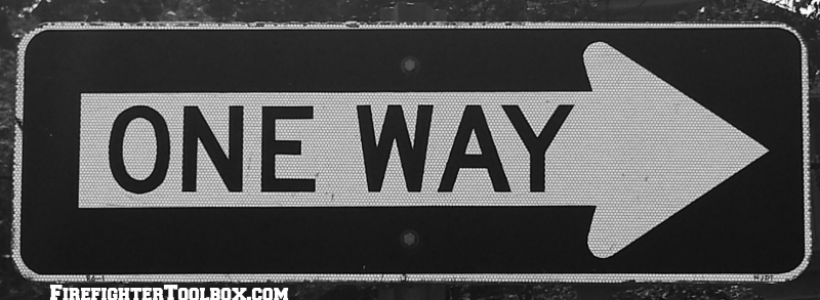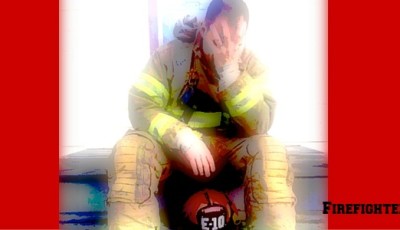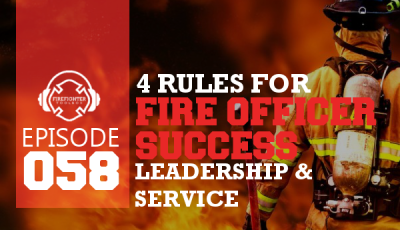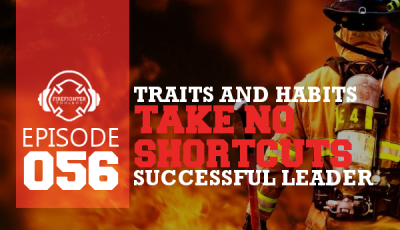5 Tips to Handling Difficult Firefighters – Part 3
Dealing with difficult firefighters involves communicating effectively, setting expectations early, and mentoring at all levels. Sometimes, the firefighter being mentored needs guidance if he or she fails to live up to the stated expectations and standards. This is where coaching and counseling come in.
It is important to remember that our crew’s performance is directly related to how we treat them and the expectations we envision.
Tip #4 – Coaching
Here are 3 ways to be an effective coach.
#1 – Be A Role Model
Get the buy in attitude from our crews by being a role model. The example that we set is the most important part of leading others. Maintaining a positive attitude will be a big part of getting the buy in from the crew.
#2 – Set Expectations Appropriately
Ensure the expectations we set are high but attainable. Having a mutually agreeable set of standards that are relevant will promote participation. Always be sure to meet or exceed the standards that our employees are held to. As leaders, we are not exempt, we are to be exemplary!
#3 – Provide Value-Added Feedback
Provide value-added feedback. The goal is to be positive and constructive criticism may be in order. This a time when suggestions can be made for improvement based on the firefighter’s behaviors.
Tip #5 – Counseling
When coaching seems to fall short, counseling is the next step. Usually counseling focuses on a single action that the difficult person has demonstrated, but it most likely will need to focus on his or her attitude or behavior.
Counseling should be considered as a problem solving process and not always a punitive action.
Here are 3 ways to effectively counsel.
#1 – Address It Promptly
Never walk past a mistake. As firefighters, we don’t crawl past fire; we extinguish as we go. As the leader, if we see something that needs to be corrected, than we must do so. Counseling should occur directly after an improper behavior or attitude is displayed.
#2 – Private & Positive
Counseling should be done in private and kept as positive as possible, keeping in mind that the desired outcome is to improve the behavior or attitude.
#3 – Agree On What Comes Next
Come to an understanding together on what the problem is and the corrective action that should be taken. Show a genuine interest in wanting to make others better. Remember to be clear about the steps that will be taken, document the discussion, and set a time to meet again to review the firefighter’s progress.
These actions have helped me deal with difficult situations and people. It would be great to get feedback on how you have handled similar situations. I look forward to reading your comments below.
To effectively communicate, we must realize that
we are all different in the way we perceive the world
and use this understanding as a guide to our communication with others.
– Tony Robbins
Photo courtesy of John Dixon
Read the complete series here!
5 Tips to Handling Difficult Firefighters
Part 1
Part 2
Part 3










